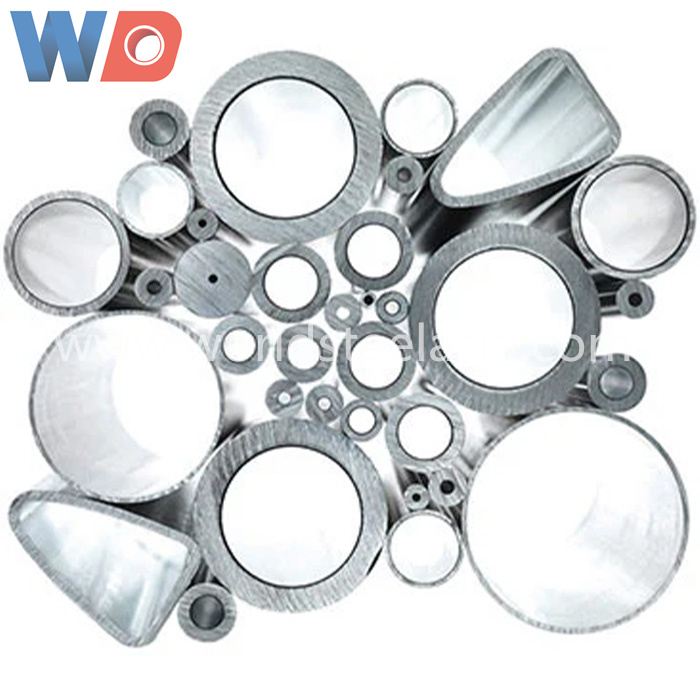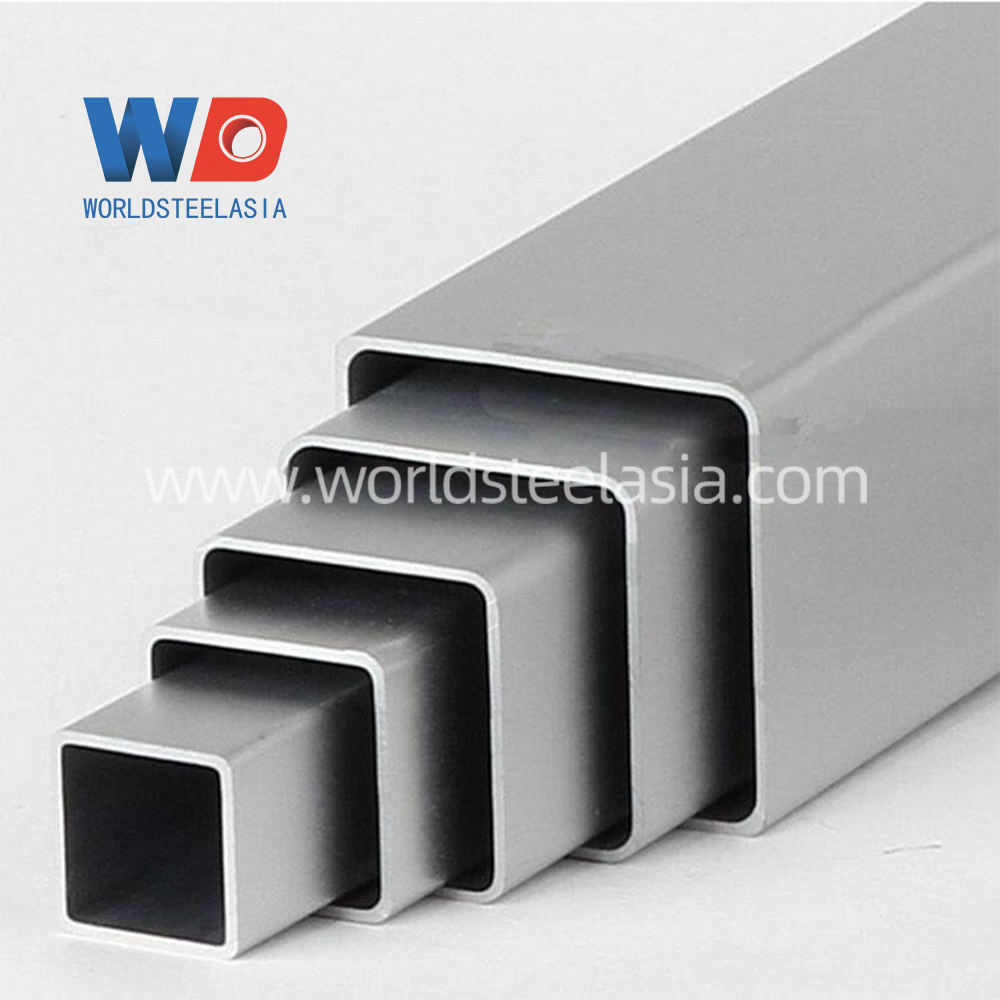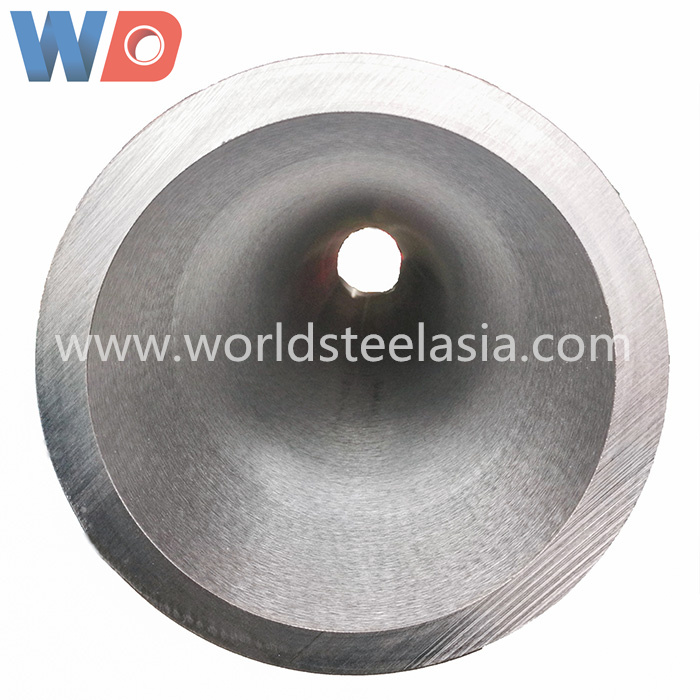Analysis of ZR700 alloy element content, mechanical properties, and application fields along with advantages
Introduction to ZR700 Alloy
ZR700 alloy is a high-strength, corrosion-resistant zirconium alloy. Zirconium alloys are metal alloys with zirconium as the main component, supplemented with other alloying elements to enhance their performance. ZR700 alloy contains a high-strength zirconium in its composition, typically exceeding 95%. Additionally, it contains small amounts of iron (Fe) and chromium (Cr) among other elements. Zirconium (Zr) is the primary component of ZR700 alloy, known for its excellent chemical stability and corrosion resistance. Zirconium's high melting point and corrosion resistance make ZR700 alloy suitable for applications in various electrolyte environments. Iron (Fe) is one of the alloying elements in ZR700 alloy, and its content can be controlled at low levels. The addition of iron can improve the alloy's strength and wear resistance while maintaining its corrosion resistance. Chromium (Cr) is a common alloying element that enhances the corrosion resistance of ZR700 alloy. The addition of a small amount of chromium (typically between 0.1-0.2%) enhances the alloy's resistance to corrosive media, enabling it to withstand various acidic and alkaline environments.
I. ZR700 Alloy Element Content
Zirconium (Zr): Zirconium is the main component of ZR700 alloy, typically constituting over 95% of the alloy. Zirconium is a high-melting-point, corrosion-resistant metal known for its excellent mechanical properties and chemical stability, making ZR700 alloy crucial in various chromium environments. The table below demonstrates its outstanding properties.
Iron (Fe): Iron is one of the major alloying elements in ZR700 alloy, and its content can be controlled at low levels. The addition of iron can enhance the alloy's strength and wear resistance.
Chromium (Cr): Chromium is a common alloying element that can improve the corrosion resistance of ZR700 alloy. Chromium content typically falls between 0.1-0.2%, enhancing the alloy's resistance to corrosion media over the short term.
II. Application Fields:
Chemical Industry: ZR700 alloy is widely valued for the manufacturing of corrosion-resistant equipment and components in the chemical industry, such as reactors, heaters, storage tanks, and pipelines. Its exceptional corrosion resistance enables the alloy to withstand a wide range of strong acids, strong alkalis, and dilute media.
Nuclear Industry: Due to its excellent radiation resistance and corrosion resistance, ZR700 alloy is widely used in critical components in the nuclear industry, including nuclear fuel, reactor structural materials, and equipment for handling nuclear replacement components.
Medical Devices: ZR700 alloy is extensively used in the medical field for manufacturing artificial joints, rapid implants, and other corrosion-resistant medical devices. Its biocompatibility and corrosion resistance make it compatible with human tissues and provide excellent long-term stability within the human body.
Aerospace Industry: With its high strength and corrosion resistance, ZR700 alloy is widely employed in the aerospace industry for components such as aircraft engines, gas turbines, and spacecraft components. The alloy maintains its performance and structural stability under extreme working conditions.
Chemical Processing Equipment: ZR700 alloy finds widespread use in chemical processing equipment such as towers, reactors, and pipelines. Its corrosion resistance and high-temperature stability make it suitable for various chemical processing processes.
III. ZR700 Alloy Mechanical Properties
The following are typical mechanical property parameters of ZR700 alloy under general conditions, and these values may vary depending on specific manufacturing methods and heat treatment conditions:
Tensile Strength: Typically, the tensile strength of ZR700 alloy falls between 800 MPa (megapascals) and 1000 MPa.
Yield Strength: The yield strength of ZR700 alloy generally ranges from 600 MPa to 800 MPa.
Elongation: The elongation of ZR700 alloy typically ranges from 15% to 25%, indicating the degree to which the material can stretch before fracturing.
Hardness: The hardness of ZR700 alloy typically falls between 150 and 200 HB (Brinell hardness).
Impact Toughness: ZR700 alloy usually exhibits high impact toughness, maintaining its strength and toughness at low temperatures.
It's important to note that these values are general reference values, and actual mechanical properties may vary depending on the specific composition, heat treatment, and processing conditions of the alloy. Therefore, in specific applications, it is recommended to refer to the specific performance data provided by suppliers or relevant standards.
IV. Analysis of ZR700 Alloy Advantages
Corrosion Resistance: ZR700 alloy exhibits outstanding corrosion resistance, capable of withstanding a wide range of corrosive media, including strong acids, strong alkalis, and other corrosive environments. This positions the alloy for extensive use in environments such as the chemical industry, nuclear industry, and medical fields, among others.
High Strength: ZR700 alloy offers high strength and hardness, making it excel in applications requiring strength and wear resistance. This makes the alloy suitable for aerospace industry and chemical processing equipment, among other fields.
High-Temperature Performance: ZR700 alloy demonstrates excellent high-temperature stability, maintaining its mechanical properties and structural stability in high-temperature environments. It can withstand high-temperature oxidation and thermal cycling conditions, making it suitable for high-temperature applications such as aircraft engine components and gas turbines in the aerospace industry.
Biocompatibility: ZR700 alloy exhibits good biocompatibility, meaning it is compatible with human tissues and can be used in various medical applications. It is widely used in the manufacture of artificial joints, dental implants, and other implantable medical devices due to its biocompatibility and corrosion resistance.
Corrosion Resistance: ZR700 alloy offers excellent corrosion resistance, performing well in a variety of corrosive media. It excels in resisting corrosion from strong acids (e.g., sulfuric acid, hydrochloric acid) and strong alkalis (e.g., sodium hydroxide), making it widely applicable in various corrosive environments within the chemical industry.
Mechanical Properties: ZR700 alloy combines high strength and heat resistance, making it an excellent performer in applications demanding both strength and wear resistance. Its strength can rival that of some steels while maintaining superior corrosion resistance. This makes it an ideal choice for critical components in chemical processing equipment, structural materials in the nuclear industry, and medical devices.
Processing Performance: ZR700 alloy exhibits good processing performance and can be shaped and processed using various methods, including forging, dimension rolling, stretching, and welding. It can be fabricated into various shapes and forms to meet the requirements of different applications.
ZR700 alloy is a versatile high-strength zirconium alloy with exceptional corrosion resistance, high-temperature stability, and biocompatibility. It finds extensive applications in the chemical industry, nuclear industry, aerospace industry, and medical field, becoming the preferred material choice for various critical components and equipment. Its outstanding performance and processability make it widely embraced and recommended across various industries.



